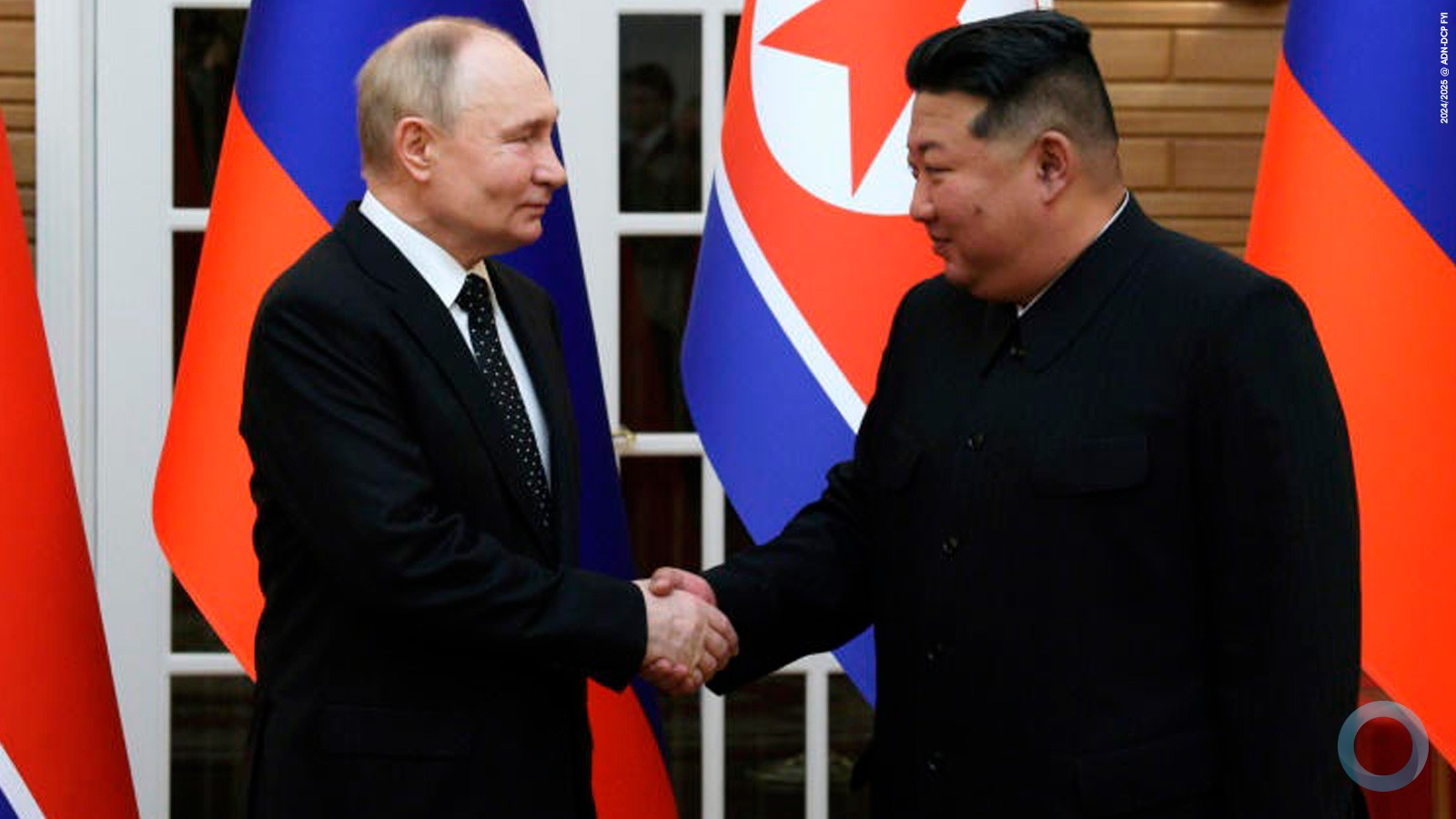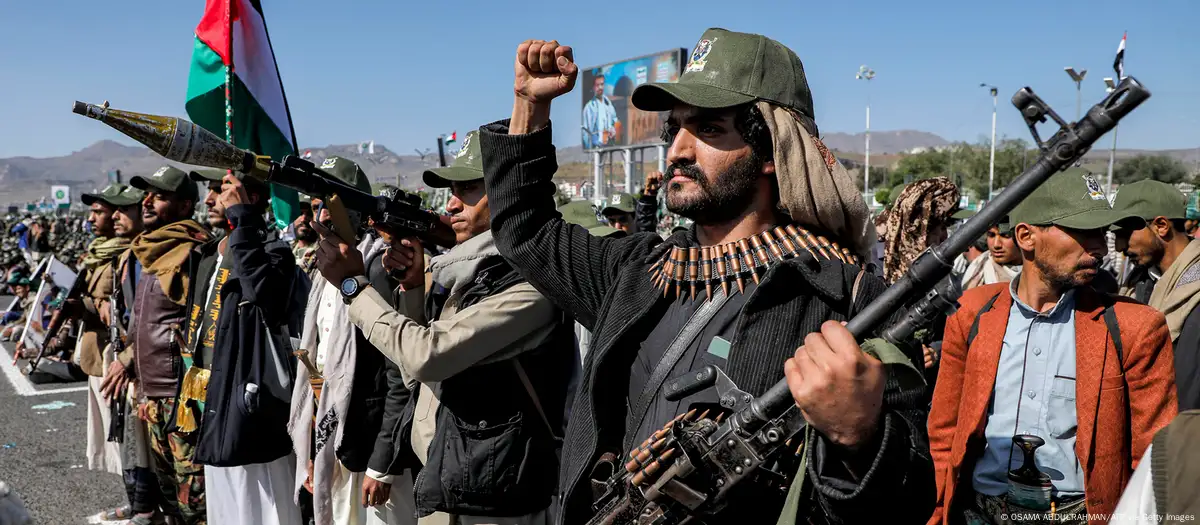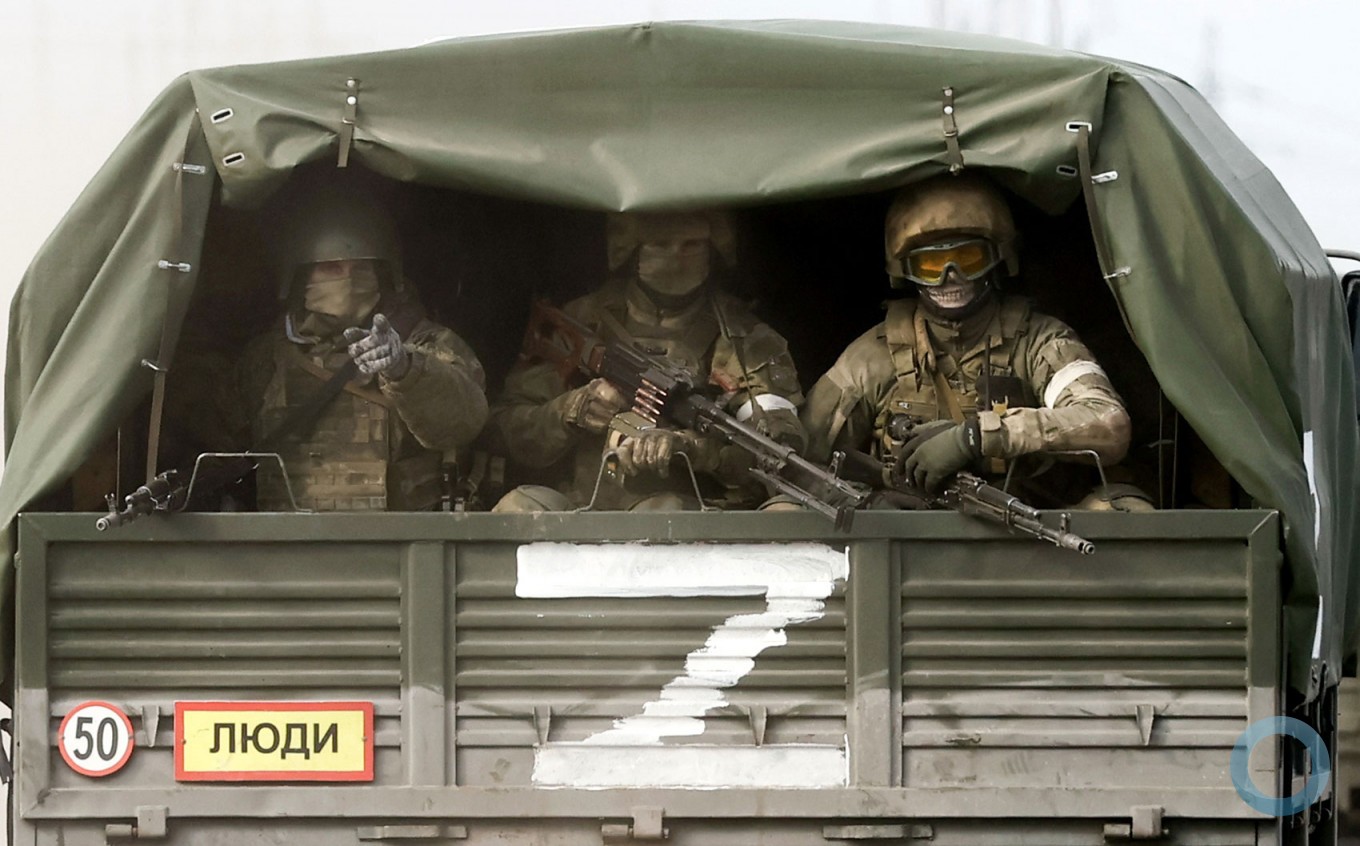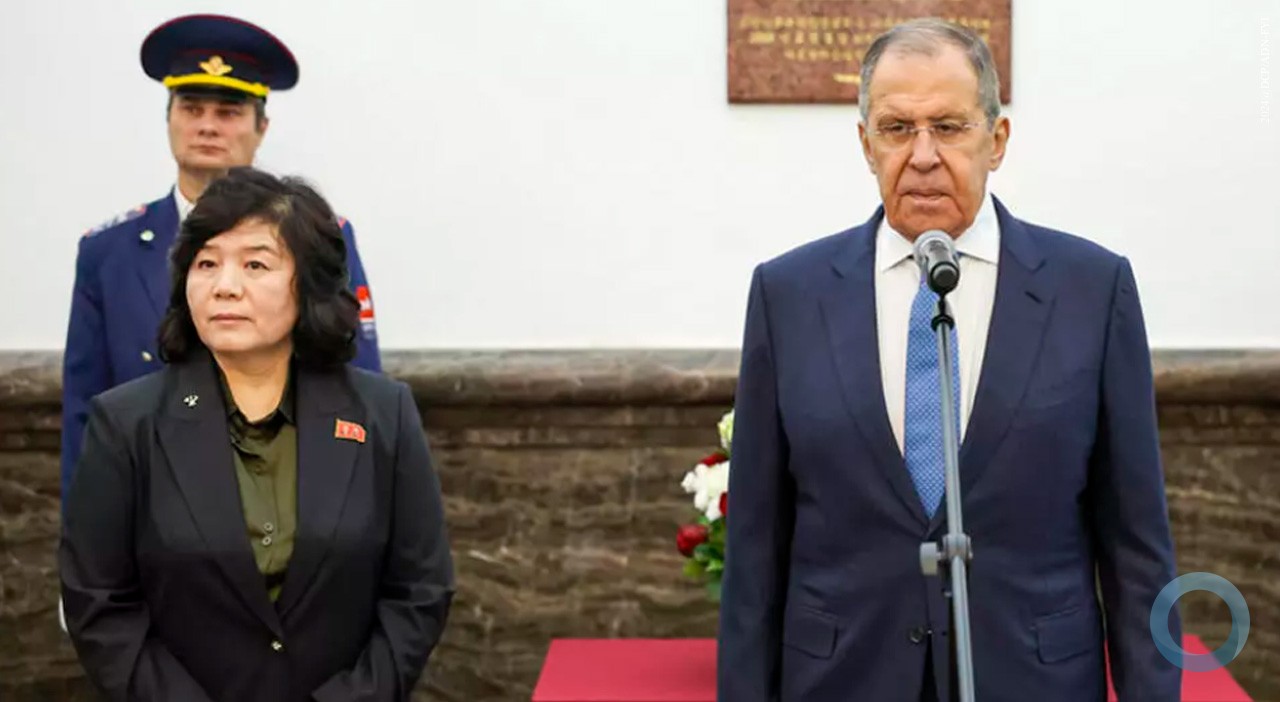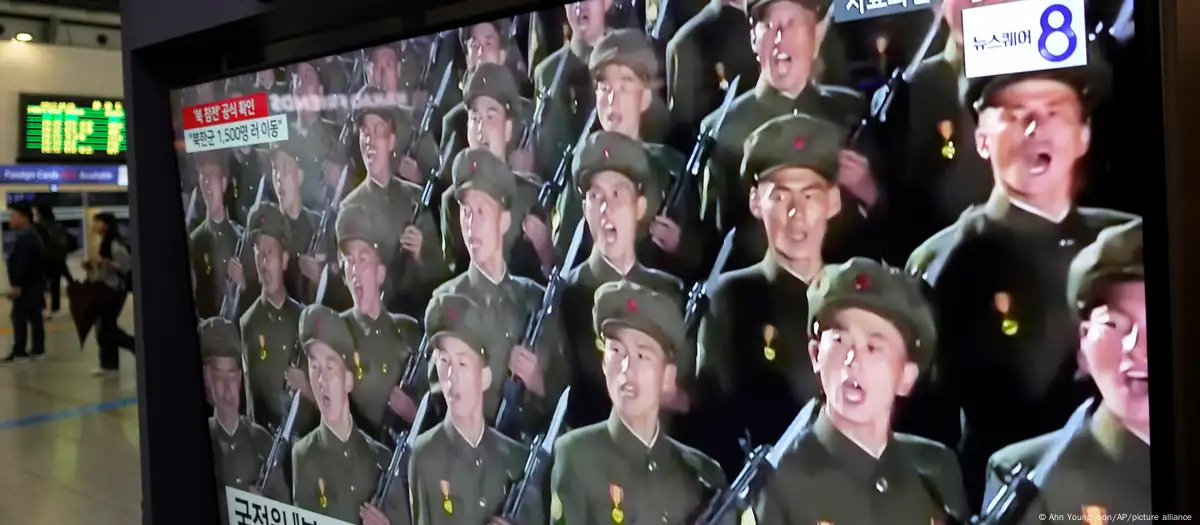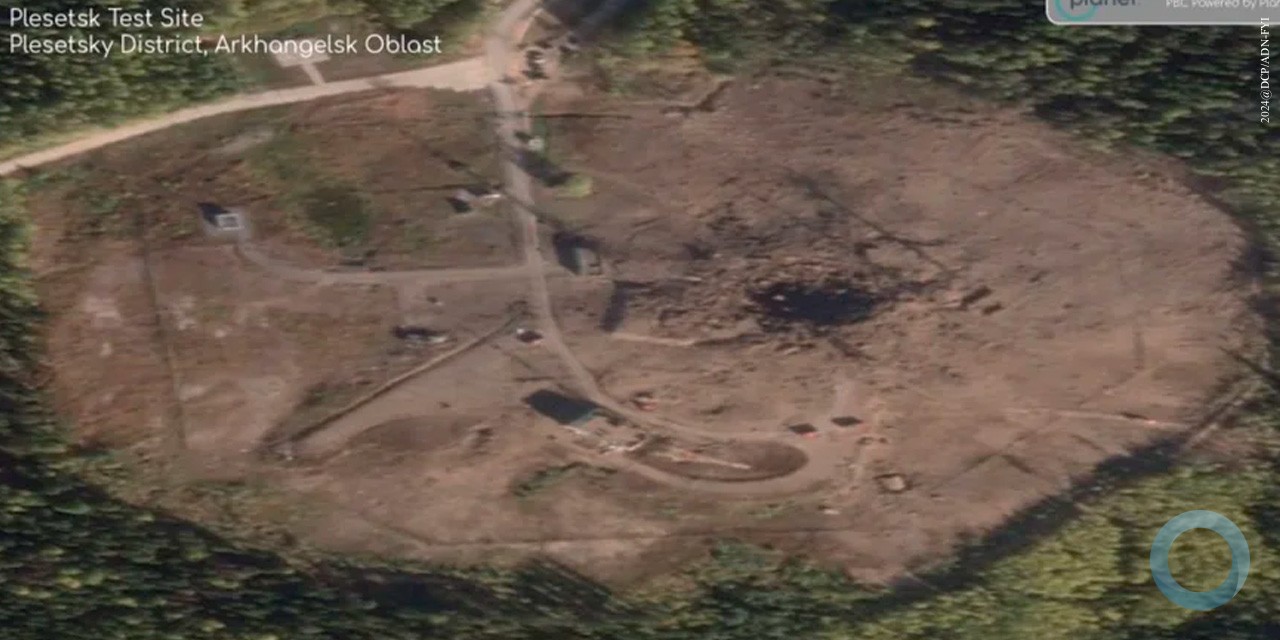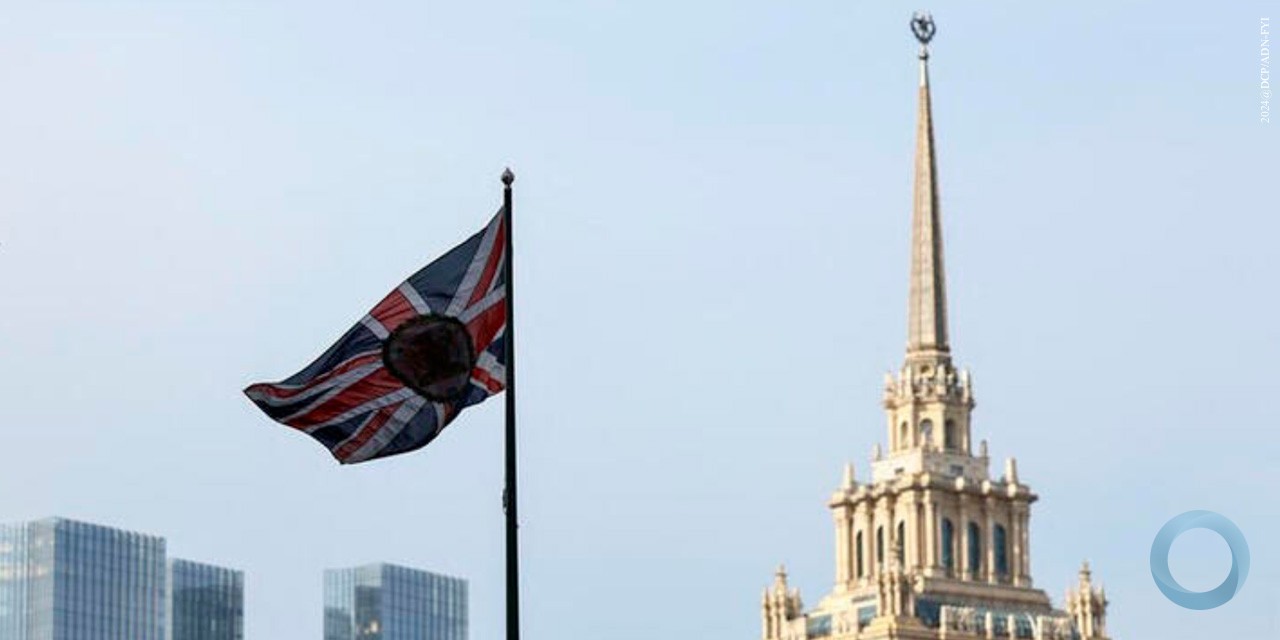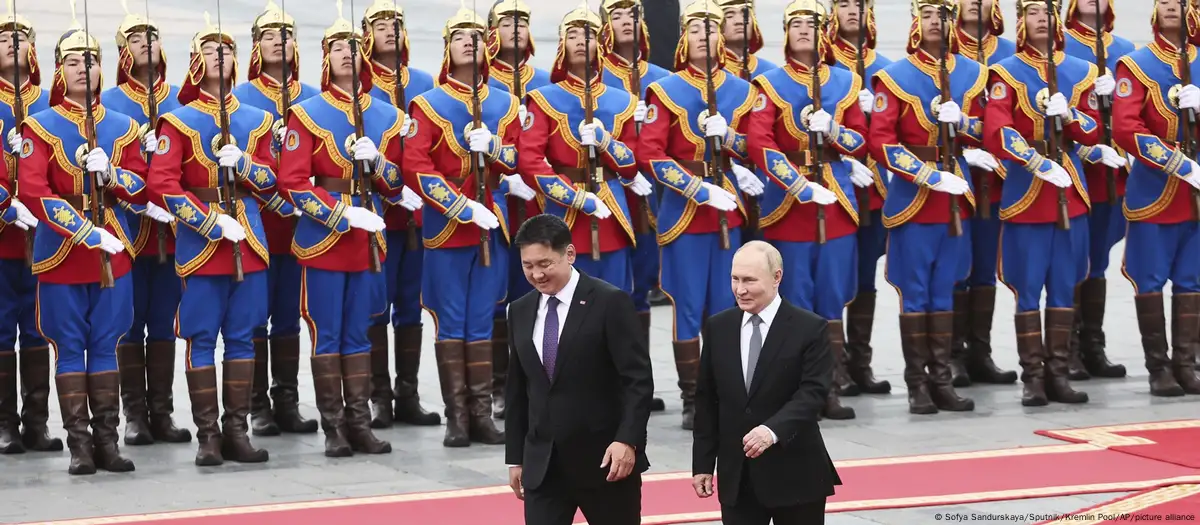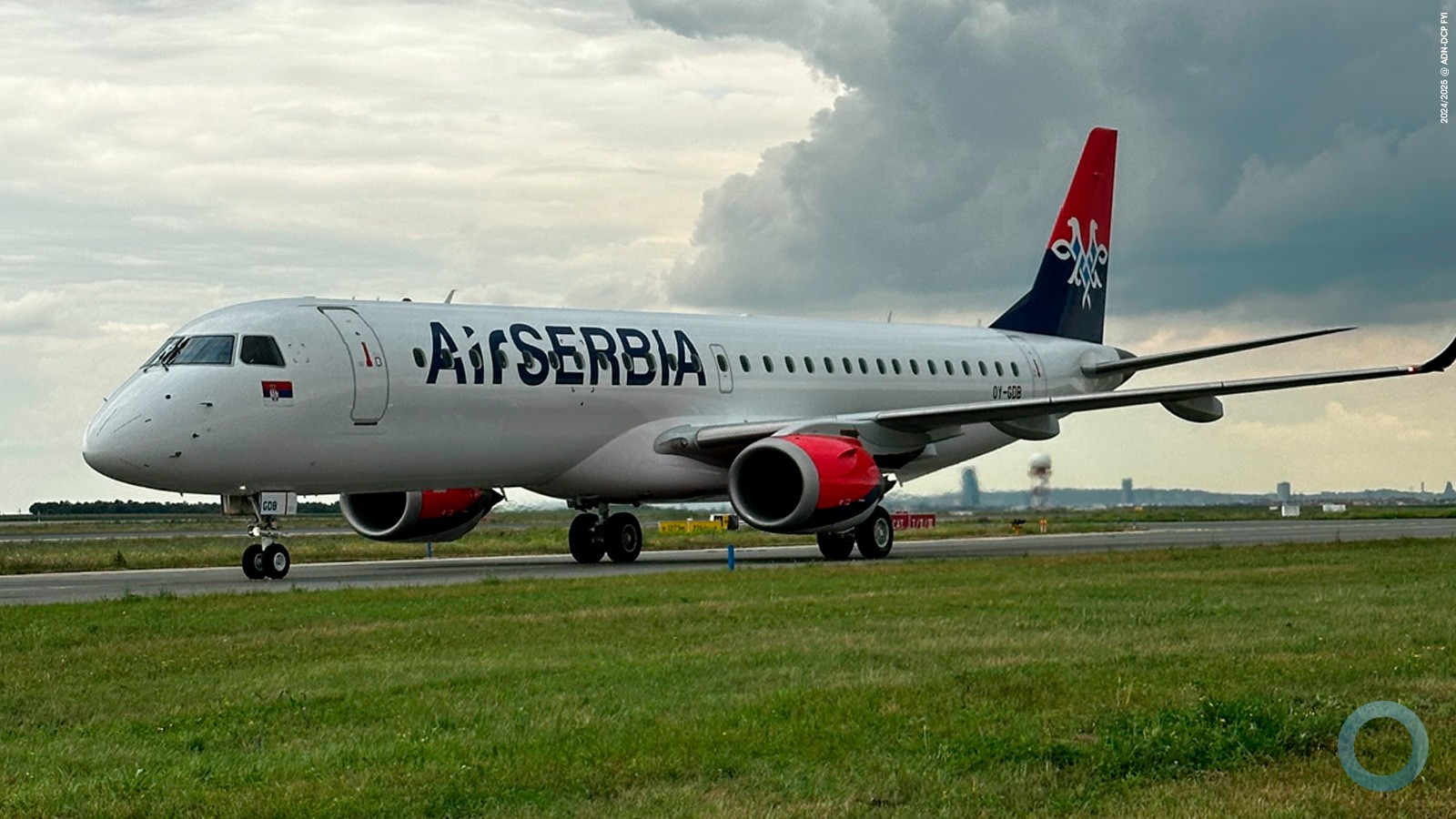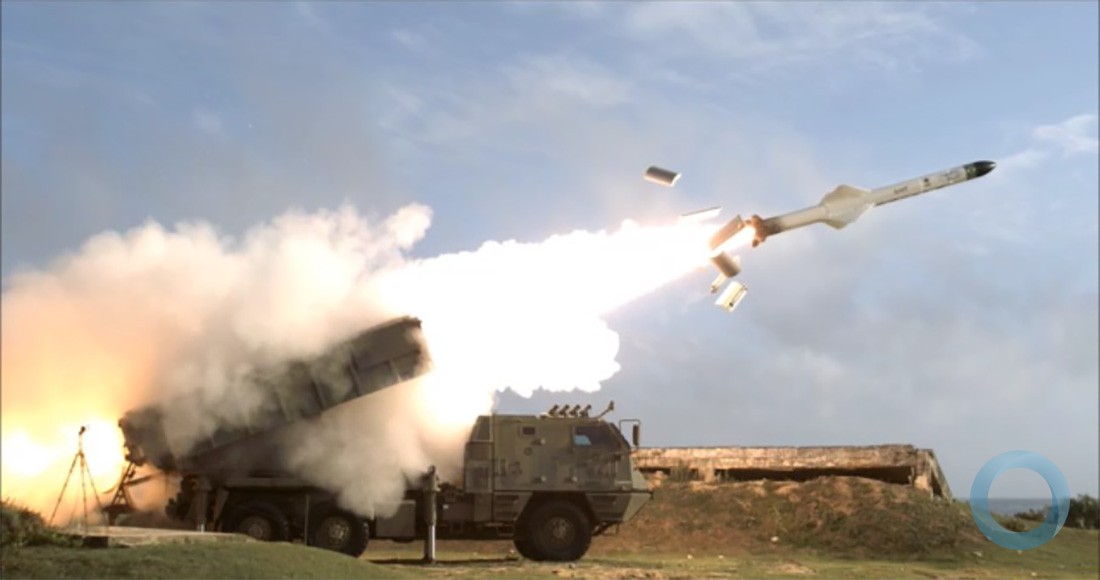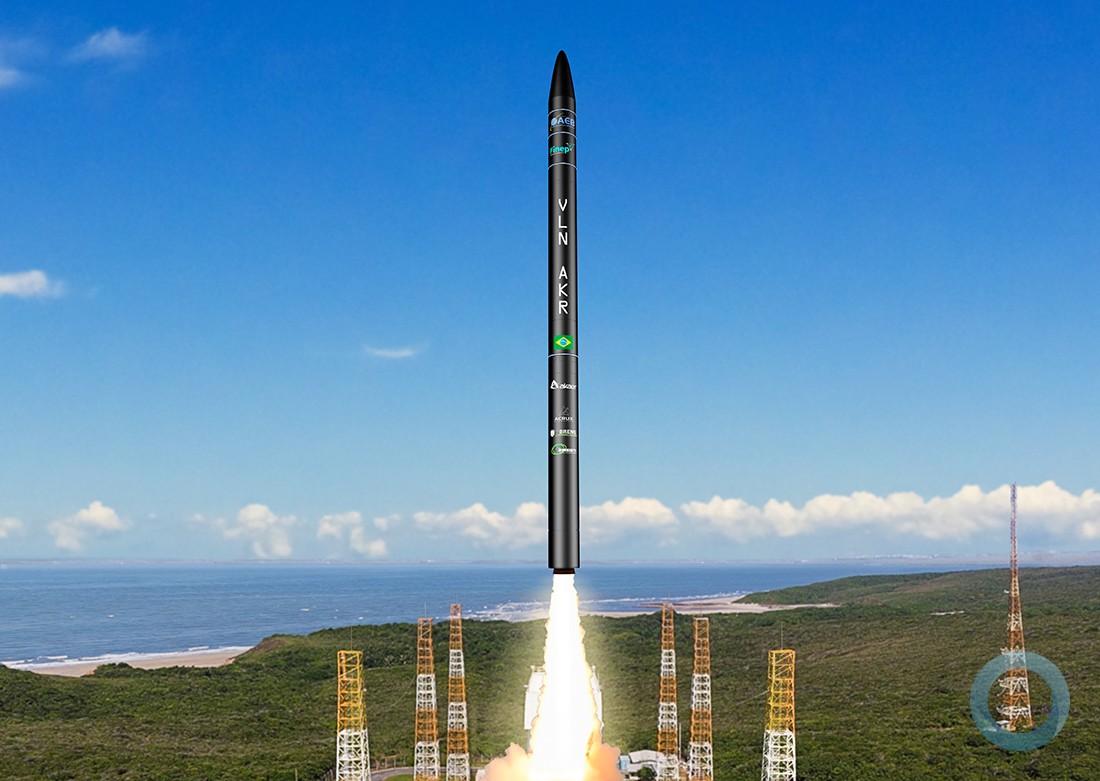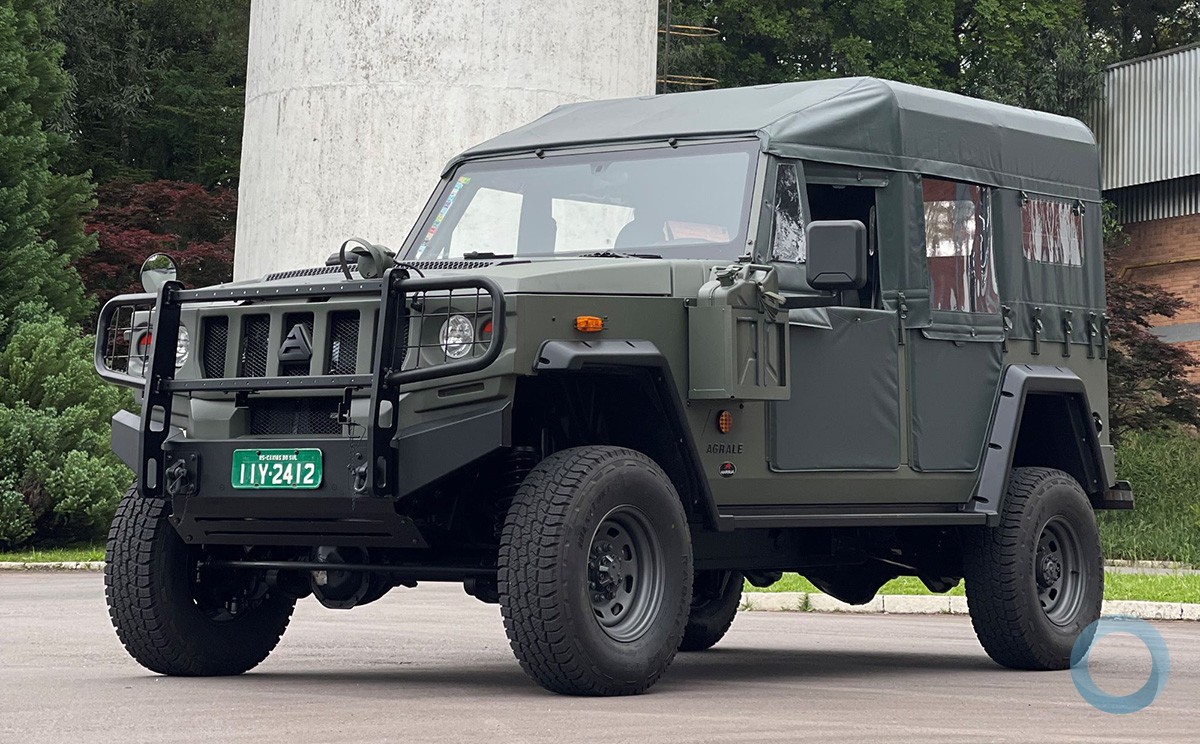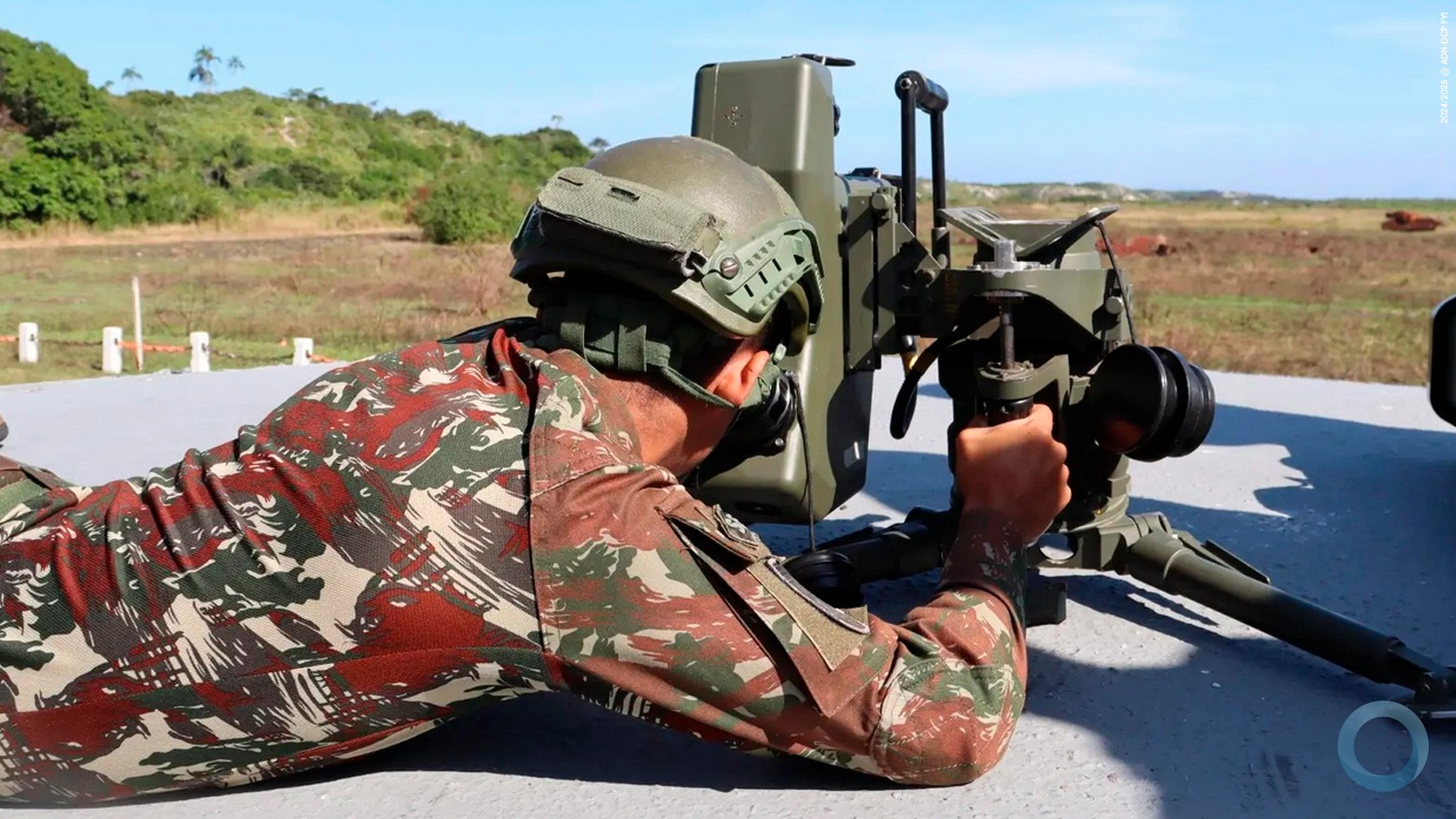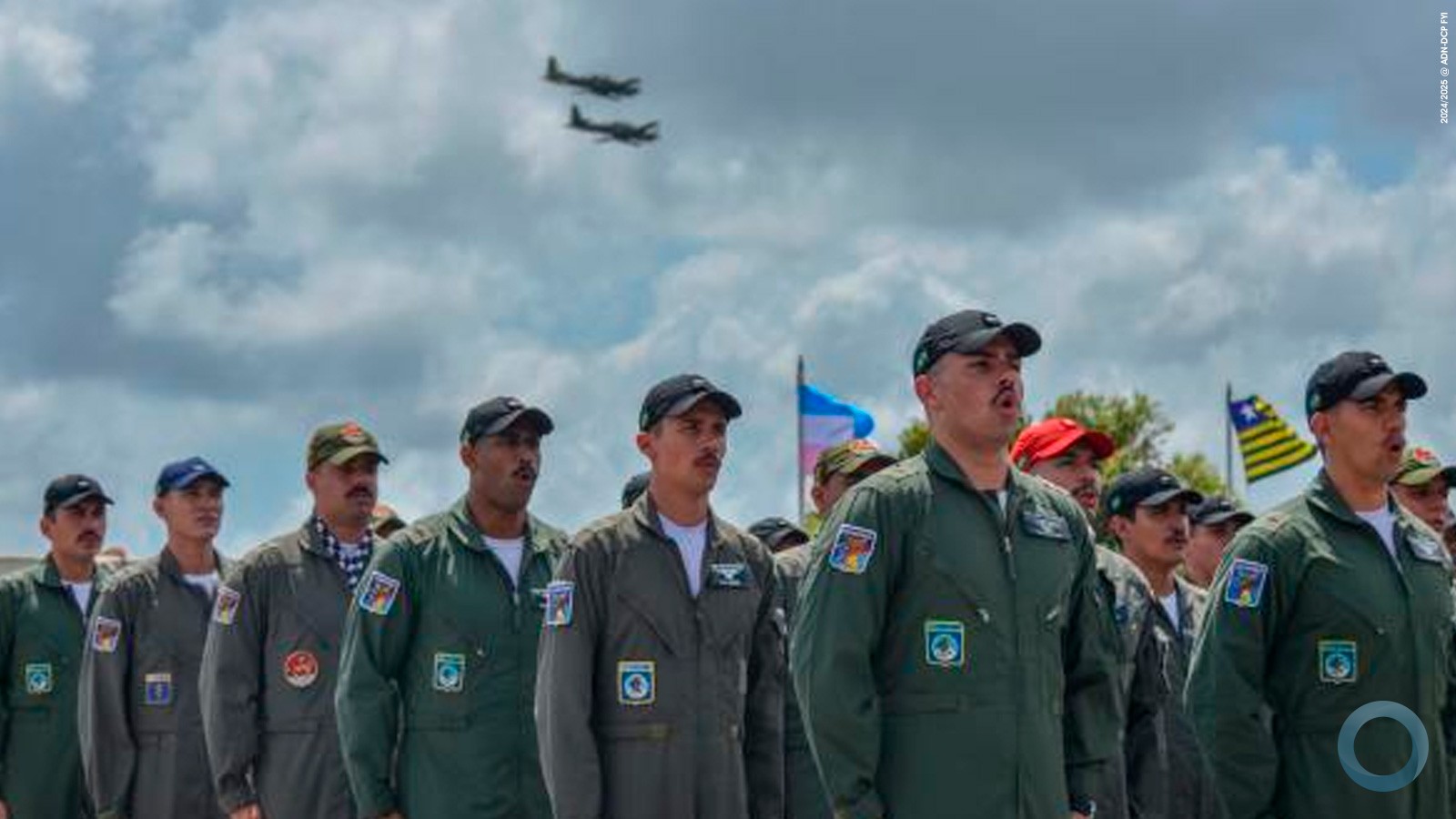Source Russia Defense Ministry
In accordance to the task assigned by the Supreme Commander-in-Chief of the Russian Armed Forces concerning enhancing combat air operations in the Syrian Arab Republic, crews of Tu-160, Tu-95MS and Tu-22M3 long-range aircraft of the Russian Aerospace Forces carried out strikes with air-based cruise missiles at the ISIS terrorist objects within the air operation.
Today, from 5.00 through 5.30 a.m. (MSK), twelve Tu-22M3 long-range bombers carried out strikes at the ISIS terrorist facilities in Raqqah and Deir-ez-Zor provinces.
From 9.00 through 9.40, Tu-160 and Tu-95MS launched 34 air-based cruise missiles on terrorist objects located in Aleppo and Idlib.
All strikes are performed against the targets, which had been detected in advance
In total, in the course of the first day of the air operation, 127 combat sorties aimed at 206 terrorist facilities have been planned. By now, the Russian aviation have performed 82 combat sorties and engaged 140 objects of illegal armed groups. The operation is being continued. Subsequent massive airstrikes will be carried out in accordance to the air operation plan.
The number of combat sorties carried out by the Russian Aerospace Forces has been doubled. That allows performing crushing and pinpoint strikes against the ISIS militants all over the territory of Syria.
Chief of the General of the Russian Armed Forces General of the Army Valery Gerasimov reported about operations held by the Russian aviation in detail.
Missions carried out by the Russian aviation provided opportunity to the Syrian Armed Forces to take the all-front offensive in Aleppo, Latakia, Idlib, Homs and Damascus provinces, and to liberate vast territories from terrorists.
In the northern Aleppo, the Syrian Armed Forces have liberated approximately 40 inhabited areas. Governmental forces unblocked the Kwaires airbase. At present, the forces continue extending safety zone around the airbase.
Offensive operation at Idlib is being successfully developed; the Syrian Armed Forces are carrying out active offensive 20-30 kilometers far from the city.
Terrorists have been eliminated in 12 inhabited areas in the coastal province of Latakia. Attack units of governmental forces and people’s militia are fiercely fighting for the control over the town of Salma. They have been successful in liberating a number of tactically important heights and inhabited areas on Kobani and Gmam line. Despite the persistent resistance of illegal armed groupings, Syrian units are continuing their offensive.
As a result of the offensive by governmental forces and militia units the inhabited area of Hadat was taken from the terrorists.
The Syrian offensive in the direction of Palmyra is continued. Since the beginning of the active phase of the offensive assault troops advanced by up to 4 kilometers into terrorist occupied territory, blocked terrorists in the inhabited area of Maksam and are currently fighting for the control over the commanding eminence near the entrance to the city.
The liberation of terrorists’ areas of Jaubar and Eastern Guta is continued, with fierce city combat being conducted in the vicinity of DAMASCUS.
For the first time in 4 years of war the Syrian Army has liberated 80 inhabited areas, assuming control over a territory of over 500 square kilometers.
In order to carry out the orders to increase the number of airstrikes against the Islamic State and other extremist organizations the General Staff has devised an Air Operation Plan.
Besides the increase in the number of combat aviation sorties from the Hmeymim airbase, the Plan includes sending 25 long-range aircraft, 8 SU-34 bombers and 4 SU-27SM fighters from Russia to conduct airstrikes in Syria.
Space reconnaissance means of the Middle Eastern region are being reinforced to increase the efficiency of detecting enemy facilities and the accuracy of determining target coordinates.
Ten spacecraft have been assigned to conduct imagery and radar reconnaissance, including civilian-purpose spacecraft.
The orbits of a number of satellites have been corrected to allow them to monitor Syrian territory with required periodicity.
A future reinforcement of the orbital group with operational reserve spacecraft is planned.
Today as a result of the first massive airstrike 14 terrorist facilities of special importance were destroyed with 34 cruise missiles.
Those were control centres of the illegal armed groupings, which coordinated Islamic State troops in Idlib and Aleppo provinces; large depots of ammunition and other supplies located in protected shelters in the North West of Syria; terrorist training camps, where reinforcements for terrorist units and suicide bombers were trained; three large factories manufacturing explosives, suicide vests and unguided rockets.
The aviation group in Hmeymim has carried out 65 combat sorties today. As a result of the airstrikes 6 command centres, 8 ammunition depots, 12 training camps, 4 factories manufacturing rockets and mines, 6 fuel depots belonging to terrorist groups have been destroyed.
SU-34 aircraft destroyed two columns of fuel bowsers and about 50 vehicles. As a result, taking into consideration previous airstrikes aimed at oil supply transports (410 fuellers in total) and several infrastructure elements, the illegal fuel export capabilities of the terrorists have been significantly cut.
The control over the air operation is conducted from the National Centre on State Defence Control of the Russian Federation through Long Range Aviation and Syrian Aviation Group Command communication centres.
The Russian Defence Ministry had informed the US Air Force Command and other coalition countries’ Commands about the airstrikes in advance.
“The conduct of airstrikes on terrorist facilities is continued according to the approved plan. All the assigned missions will be carried out”, stated Chief of the Russian General Staff.
“As a result of missile and bomb strikes, 7 concentrations of military hardware, 4 command centres, 5 large ammunition and armament depots, as well as 5 terrorist infrastructural facilities were destroyed,” reported in his turn Commander of the Long-range aviation of the Russian Aerospace Forces Lieutenant General Anatoly Zhikharev.
In the course of the airstrikes, Tu-22M3 bombers within one sortie, which lasted for 5 hours and 20 minutes, covered 4510 km, while strategic bombers Tu-160 and Tu-95MS were in the air for 8 h 20 min and 9 h 30 min correspondently. Their routes constituted 6566 kilometers each.
“In the course of a day, the reinforced wing of Tu-22M3 long-range bombers have been carrying out 2 joint airstrikes on ISIS objects in the eastern part of Syria from Mozdok airfield. One of these strikes was carried out at night, the second is carried out at the moment,” explained Anatoly Zhikharev.
“All types of airstrike complexes of the Long-range aviation are involved in the task performance. The crews of strategic bombers perform the assigned tasks on engagement of objects in full accordance with the plan of first massive airstrike,” stated Lieutenant General Anatoly Zhikharev.
According to General Zhikharev, Tu-160’s and Tu-95MS’s have already landed at their airfields after the task performance. “They are undergoing preparations for future sorties; objective monitoring data is being analyzed,” he said.






